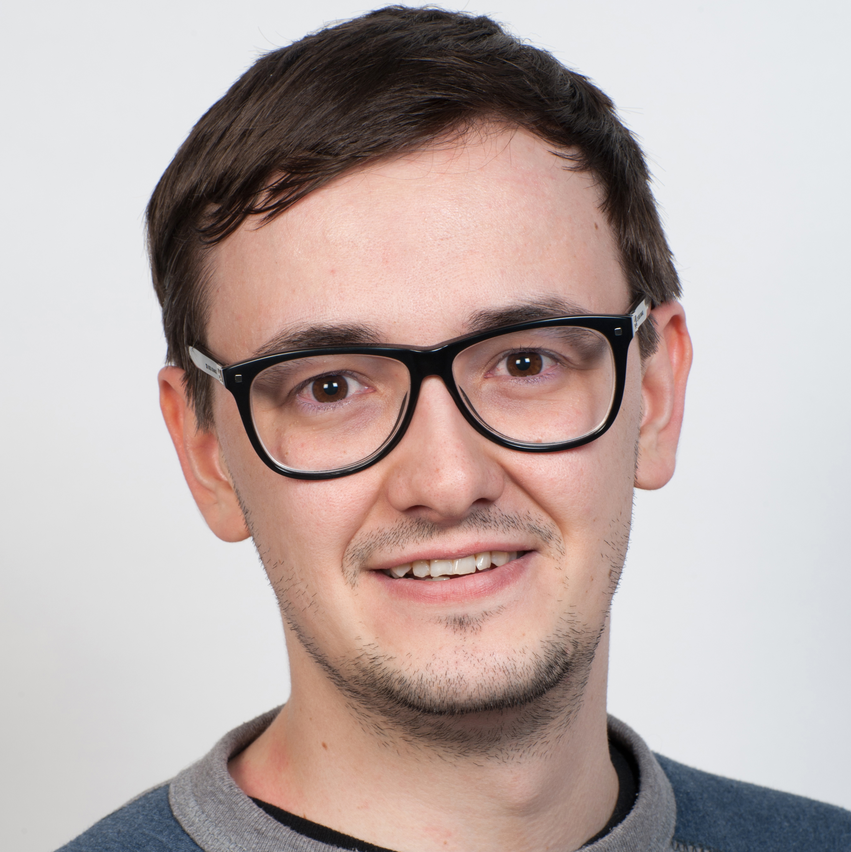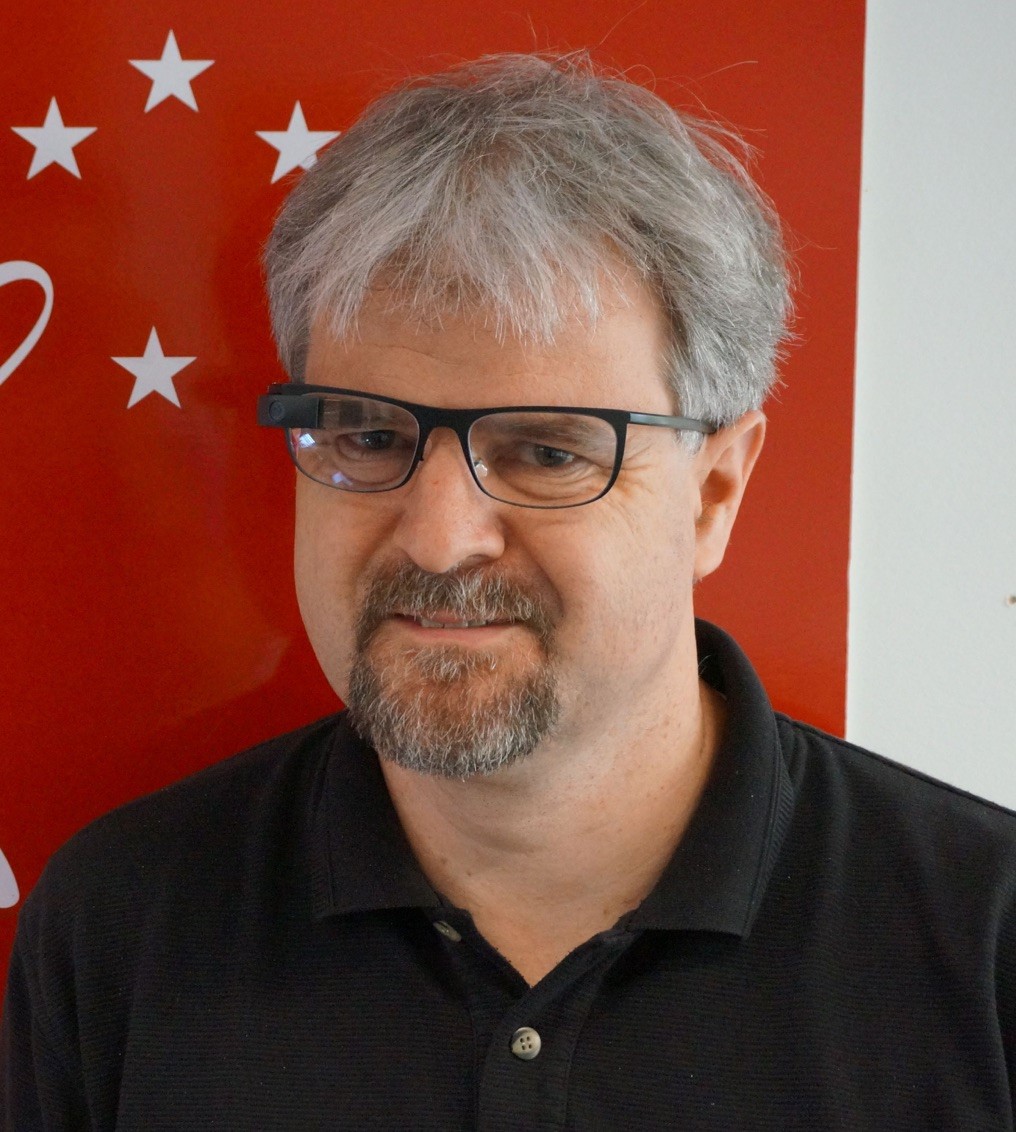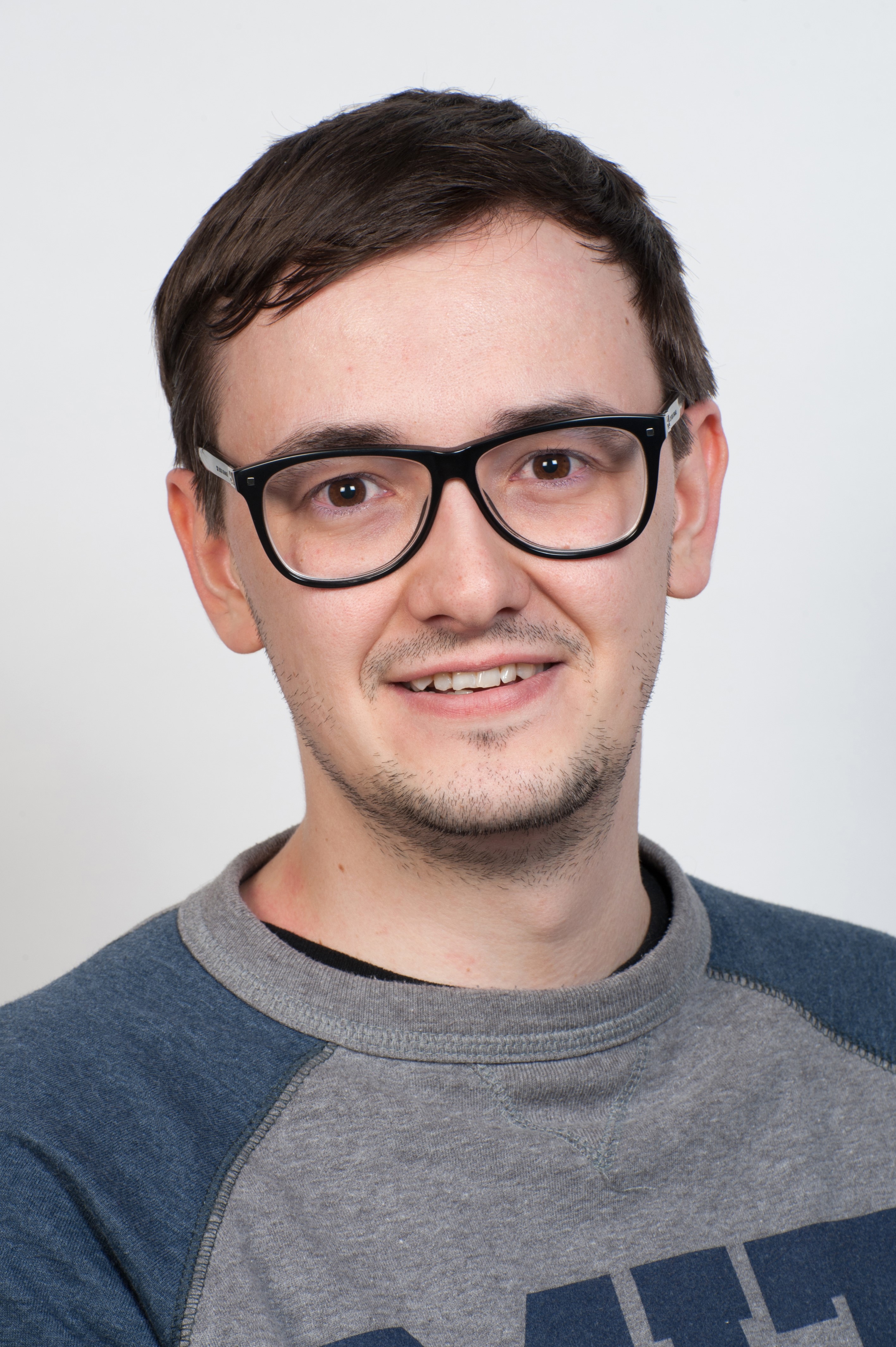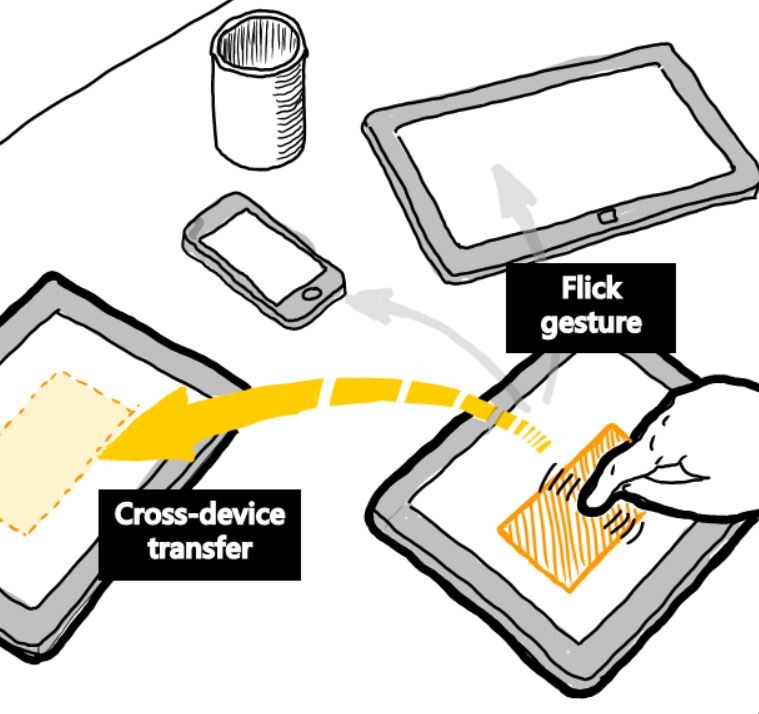Workshop "Transitional Interfaces in Mixed and Cross-Reality:
A new frontier?"
(TI 2021)
Hybrid Workshop at ACM ISS 2021.
November 14, 2021 in Łódź, Poland
Transitional interfaces (TIs) and related concepts such as cross-reality (XR) or cross-virtuality (XV) are key topics for future HCI and AR/VR research. Future TIs will enable users to freely move between different locations within the reality-virtuality continuum during work to let them choose the best technologies for their task at hand and current information need. Our workshop will explore the core advantages and challenges of TIs and related concepts and will address them in presentations and workshop activities at ACM ISS 2021.
The rapid proliferation of powerful, yet affordable, off-the-shelf AR/VR head-mounted displays (HMDs) raises questions about how to better integrate such mixed reality technologies into our real-world computing ecosystems and into the real-world physical spaces they inhabit.
We believe that in the future the concept of transitional interfaces (TIs), which was initially introduced by Billinghurst et al.’s "MagicBook" in 2001, will provide a key lens through which mixed reality systems should be analysed, understood, and designed to achieve better integration. Billinghurst et al. already envisioned a system that enables a team of users (e.g., an architect and her clients) to move seamlessly between reality and immersive virtual reality while collaborating on the task at hand in the same physical space.
We believe that similar to how cross-device interaction has blended tabletop computers, digital whiteboards, and mobile devices with our familiar physical and social environment in meeting rooms or even desk lamps, transitional interfaces could help us to seamlessly integrate systems from different locations along the RV-continuum as usable, consistent, and coherent user interfaces in a shared physical space.

Fig. 1 Transitional Interfaces (TI) enable users to move between different locations within the reality-virtuality (RV) continuum during their work. For example, TIs enable users to seamlessly transition as a team or individuals from collaborative 2D interaction with mobile or large screens located in reality (e.g., maps or plots as overviews, left), to also interacting with stereoscopic augmented reality content (e.g., 3D globes as detail view, center), to collaboration in immersive virtual reality systems (e.g., immersive 3D visualization of a location, right). By this, TIs enable users to choose the best technology for the task at hand or current information need.
Prior work has explored similar concepts: In their ISS 2020 workshop on cross-reality (XR), Simeone et al. envisioned interfaces that enable "(i) a smooth transition between systems using different degrees of virtuality or (ii) collaboration between users using different systems with different degrees of virtuality". Riegler et al. propose cross-virtuality (XV) as "a seamless integration and transition between conventional 2D visualization, augmented reality and virtual reality in order to provide users with optimal visual and algorithmic support with maximum cognitive and perceptual suitability, depending on their current tasks and needs".
Our workshop is aimed at bringing together researchers who are working on TIs or related concepts such as XR or XV to create a common ground and mutual understanding for developing this space further. We believe that ACM ISS is an optimal venue for such work, since it brings together the extensive experience of researchers in the field of interactive surfaces and spaces including cross-device interaction and researchers from the AR/VR/XR/XV community. Focus topics of the workshop include but are not limited to:
The full-day workshop will take place as a hybrid event as part of the 2021 ACM Interactive Surfaces and Spaces Conference (ACM ISS 2021) on November 14th in Łódź, Poland. We will ensure that anyone can effectively contribute to the workshop regardless of what the circumstances in November will be. ISS will offer virtual attendance opportunities.
October 18, 2021
23:59 AoE
October 25, 2021
November 14, 2021 (full-day)
Hybrid event in Łódź, Poland
To attend the workshop, we ask prospective participants to submit position papers between 2-4 pages in the ACM Small single column format to . References do not count towards page limit. Position papers will be selected by the workshop organizers based on their relevance to the workshop, the validity of the presented position, and originality of the content. Accepted position papers will be published online on this website.

University of Lübeck, Germany
See more
University of Lübeck, Germany
See more
Institut Polytechnique de Paris, Télécom Paris, France
See more
University of South Australia, Australia and University of Auckland, New Zealand
See more
University of Applied Sciences Upper Austria, Hagenberg Campus, Austria
See more
University of Glasgow, United Kingdom
See more
University of Konstanz, Germany
See moreThe day of the workshop will be divided into four phases with two pre-lunch phases 1 & 2 and two afternoon phases 3 & 4 and a break between each phase:



João Belo, Tiare Feuchtner, Chiwoong Hwang, Rasmus Lunding, Mathias Lystbæk, Ken Pfeuffer,
Troels Rasmussen
View in KOPS
Download PDF
Judith Friedl, Janine Mayer, Christoph Anthes
View in KOPS
Download PDF
Alexander Gall, Bernhard Fröhler, Christoph Heinzl
View in KOPS
Download PDF
Sebastian Hubenschmid, Johannes Zagermann, Daniel Fink, Jonathan Wieland, Tiare Feuchtner,
Harald Reiterer
View in KOPS
Download PDF
Jingyi Li, Linda Hirsch
View in KOPS
Download PDF
Janine Mayer, Stefan Auer, Judith Friedl, Christoph Anthes
View in KOPS
Download PDF
Fabian Pointecker, Daniel Schwajda, Dominik List, Christoph Anthes
View in KOPS
Download PDF
Andreas Riegler, Christoph Anthes, Clemens Holzmann, Andreas Riener, Shiva Mohseni
View in KOPS
Download PDF
Daniel Schwajda, Fabian Pointecker, Leopold Boess, Christoph Anthes
View in KOPS
Download PDF
Lauren Thevin, Julie Pasquer-Jeanne, Caroline Creton, Claire Mahéo, Sandra Mellot
View in KOPS
Download PDF